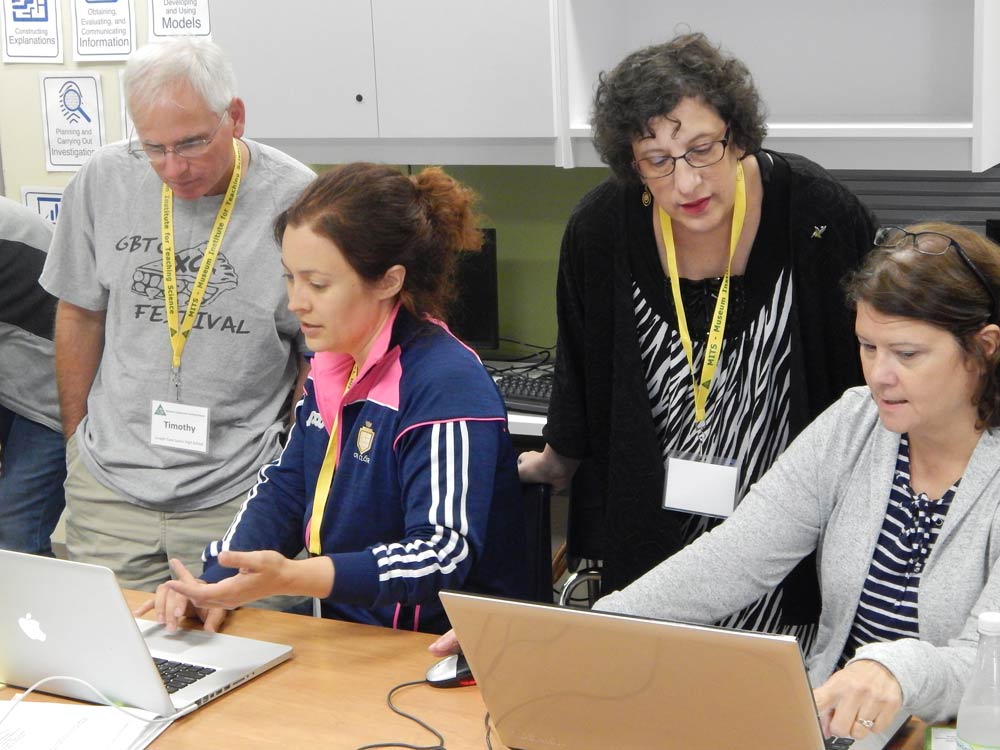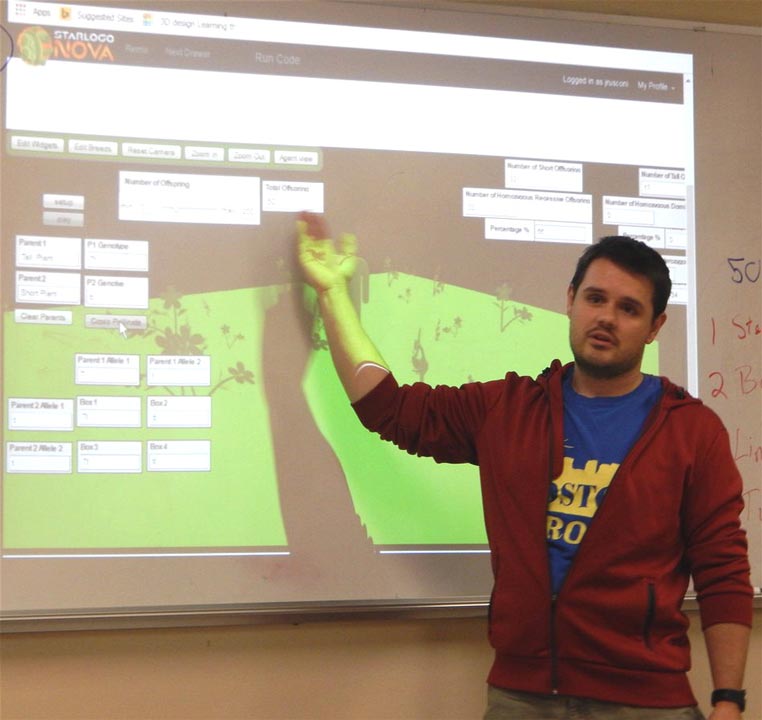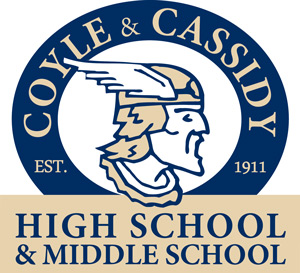Computer Modeling Can Do What?
Meeting Your Curriculum Goals with Imagination Toolbox 2017
One-Week Summer Professional Development Institute for Middle and High School Educators
July 31 – August 4, 2017
How can educators utilize computer programming to help students achieve curricular goals? They can put the engaging power of the screen to use! During the July 31 – August 4, 2017 institute, middle and high school educators learned to program by connecting visual blocks, avoiding the need to memorize complex textual commands. Using StarLogo Nova’s block programming platform, they created computational models or simulations.
Educators experienced the design process as by experimenting with and debugging their own projects. They tried on the roles of navigator and driver in a paired programming team and engaged in the practice of computational thinking by breaking a problem down and developing steps to solve it. For instance, they found patterns and generalized them into rules. In this institute, educators gained an understanding of how computer simulations or models are used to research and understand real-world phenomena by scientists and programmers and how their students can use simulations and models in the classroom.
How can students use StarLogo Nova? They could model the effects of habitat change on populations or how combustion of carbon can affect global temperatures, program a dance, create computational art, illustrate the historical spread of ideas, or bring a scene from literature to life. Across the disciplines, coding can capture students’ attention and engage their creativity and reasoning.
Educators identified ways teaching computer programming can help them meet the state curriculum frameworks, including the 2016 revised MA Science and Technology/Engineering Standards and the Massachusetts Digital Literacy and Computer Science Standards. Access to a library of available resources will support these educators’ application of this technology in their own classrooms, and the lesson plans that they designed will help their students modify or create a programmed model or game.
Developed in collaboration with the MIT Scheller Teacher Education Program, this course helped educators gain confidence in their own block programming capabilities and learn strategies for actively involving students in coding in their classrooms. Teachers of all subjects were welcome, since this this platform is an engaging way to achieve a variety of curricular goals. No prior experience with computer programming was necessary.
Partners: MIT Scheller Teacher Education Program, Coyle & Cassidy School
Past Dates: July 31 – August 4, 2017 (8:30 am – 3:00 pm)
Location: Coyle & Cassidy School, Taunton, MA
PDPs: 30 PDPs are available
Watch for future workshops!
Partial funding for this Institute was provided by the Llewellyn Foundation.





